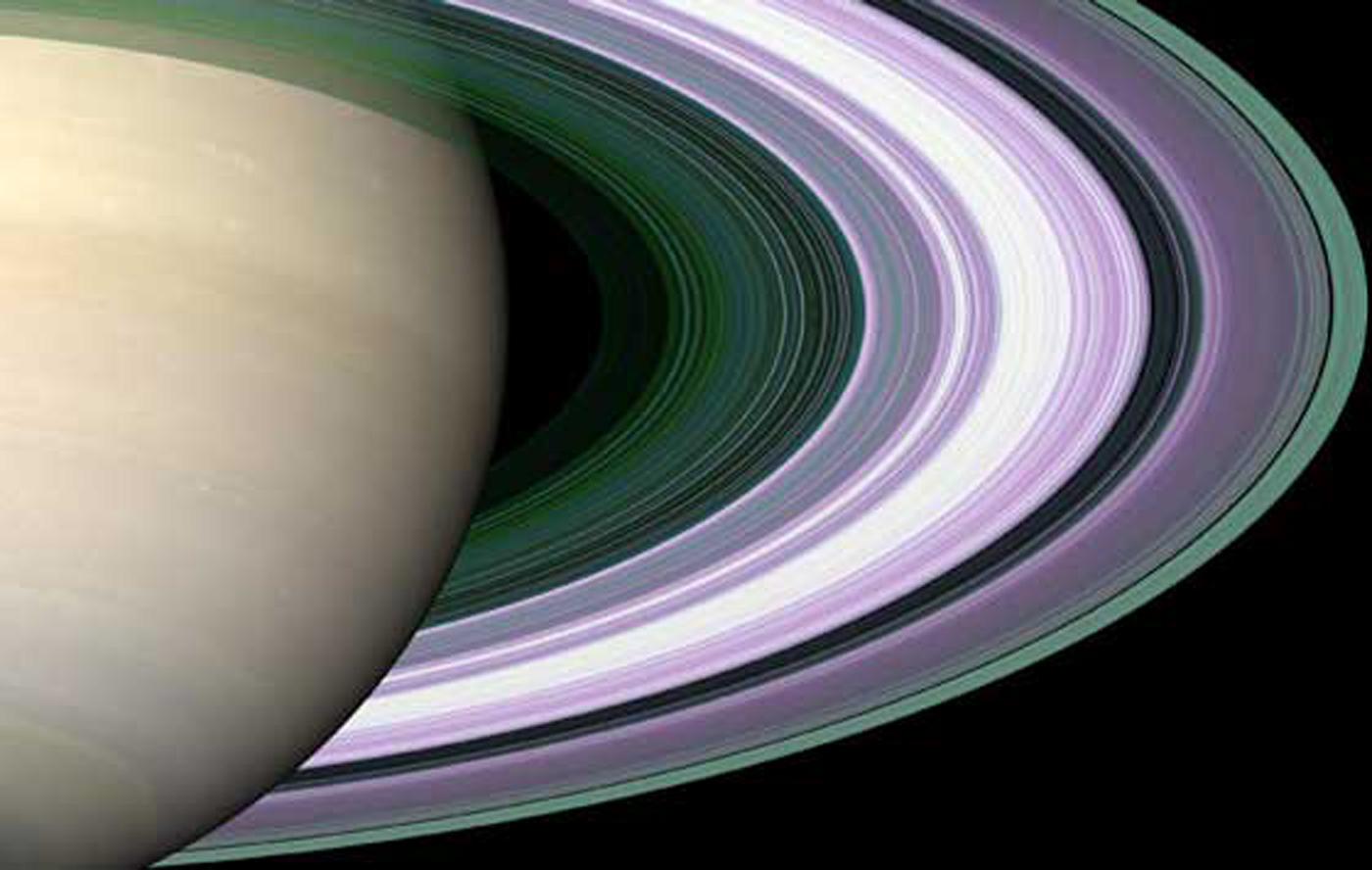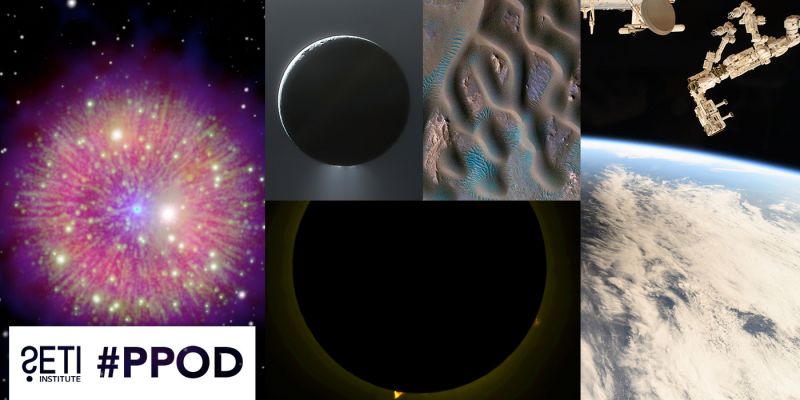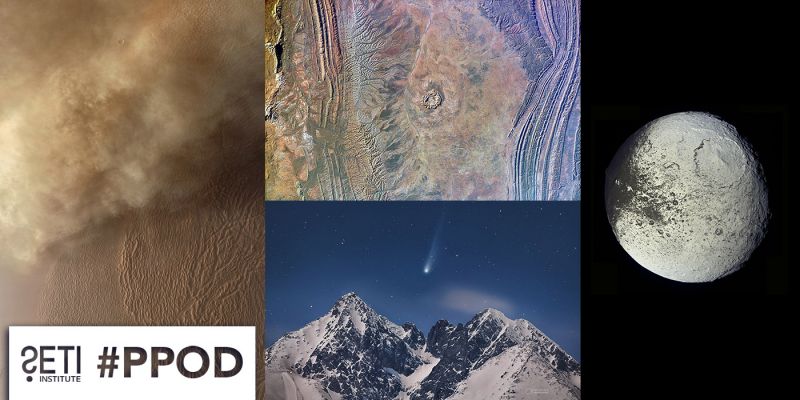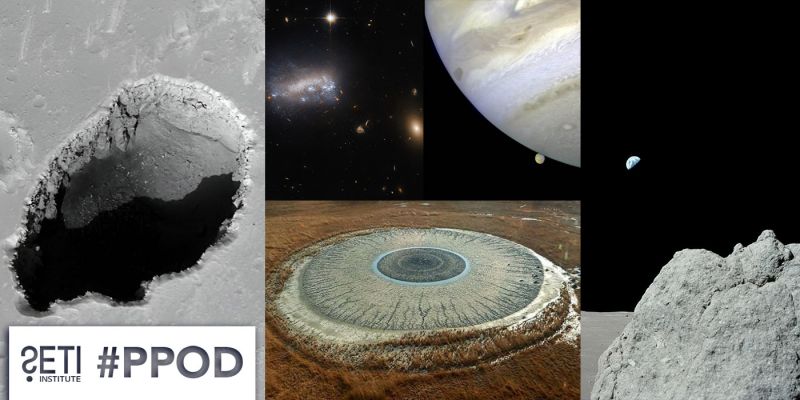Did the dinosaurs witness the birth of the rings?

For decades, there has been vigorous debate about the age of Saturn’s rings. Are they as old as the planet, or are they relatively new and we’re just lucky to be around at the same time as they are?
One clue to the answer could be found in the shifts of the inner moons now orbiting this large world. In 2012, Valerie Lainey and his team at the Paris Observatory found that the tides within Saturn’s fluid interior enlarges the inner moons’ orbits so fast that the system could not have stayed so compact since the beginning of the Solar System, 4.5 billion years ago.
Additional proof of a young age has been found by computer simulations that model the past orbital evolution of the moons. We’ve determined that when the moons shift their orbits due to Saturn’s internal tides, they sometimes encounter orbital resonances, which are configurations in which one moon’s orbital period is a simple fraction of another’s. When two moons are in orbital resonance, they alter each other’s orbit strongly, making originally flat and round orbits into tilted ellipses.
By simulating past orbital resonances between the largest three inner moons of Saturn – Tethys, Dione and Rhea – we find their orbits could not have evolved as much as previously thought, or they would have encountered more orbital resonances in the past, and their orbits should have been considerably more tilted relative to each other than we observe today.
While our simulations tell us how much the orbits shifted, they don’t indicate how old the system is in years. To help with this problem, we turn to the geysers on the icy moon Enceladus, whose energy output should be tied to the strength of tides within Saturn.
Using measurements of the hydrothermal power of Enceladus from the Cassini spacecraft, we arrive at an age of 100 million years for the icy moons of Saturn (i.e. those interior to Titan), which we believe is also likely to be the age of the rings.
This would date the formation of Saturn’s rings and inner moons to the Cretaceous period, which was during the age of the dinosaurs.
How did these moons and rings form 100 million years ago? It’s very likely Saturn had a comparable satellite system before, but that previous generations of moons were destroyed in collisions. Numerous calculations have shown us that an orbital resonance would have shifted the moons onto crossing orbits, allowing them to eventually hit one another.
These collisions formed a giant ring of debris which gave rise to the new moons we see today. The innermost section of this collision disk still survives as part of the planet’s extensive ring system.
NASA’s Outer Planets Research Program funds this research. It has been published by Matija Ćuk, Luke Dones and David Nesvorny under the title “Dynamical Evidence for a Recent Formation of Saturn’s Moons” in the Astrophysical Journal.





